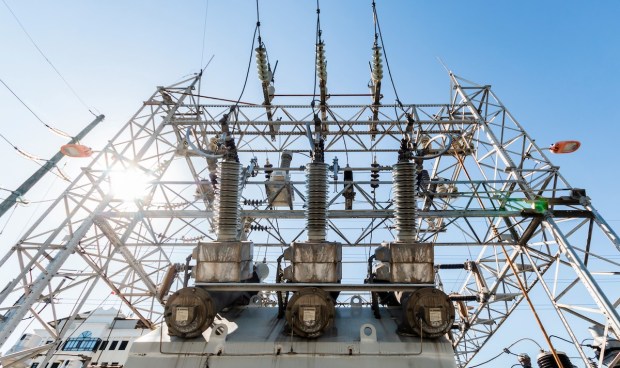
With the launch of Apple Vision Pro in the United States, the spotlight has again turned to its enabling technology: 5G.
This resurgence is not without reason. 5G technology represents an advancement from its predecessor, 4G LTE, boasting faster data transfer speeds, lower latency, near-instantaneous communication between devices, and expanded network capacity.
As a result, telecommunications giants like Verizon, Ericsson and T-Mobile have embarked on the new year with partnerships and 5G upgrades, complemented by purpose-built devices geared toward fully unleashing the transformative potential of the technology.
Verizon and Ericsson unveiled their collaboration Tuesday (Feb. 6) on an innovative 5G feature aimed at elevating user experience across interactive video, remote control of industrial processes, and immersive technologies like augmented reality (AR) and virtual reality (VR).
“While the first wave of 5G saw massive network infrastructure deployments, increased 5G adoption and rapid ecosystem building, the second wave of the 5G era will be characterized by widespread innovation built on speed, massive capacity, low latency, security and reliability,” Adam Koeppe, senior vice president of network and technology planning for Verizon, said in a statement.
In December, Verizon and Zebra Technologies announced the rollout of a mobile device and software solutions designed to assist Verizon Private 5G enterprise clients in streamlining operations for their frontline workers in sectors such as transportation and logistics, retail and manufacturing.
“Private 5G represents a significant inflection point in wireless connectivity — providing a major technology and performance upgrade that will drive enhanced visibility and operational benefits for enterprise customers,” Julie Johnson, senior vice president and general manager of enterprise mobile computing for Zebra Technologies, said at the time.
The same month, T-Mobile declared a successful test of 5G standalone millimeter wave on its operational network in collaboration with Ericsson and Qualcomm, achieving speeds of 4.3 Gbps — a network first.
The implementation of 5G technology has not been without challenges. One obstacle is the need for extensive infrastructure upgrades to support the higher frequencies and denser network architecture required by 5G.
Additionally, concerns around security and privacy loom large, as the increased connectivity and data transmission capabilities of 5G networks raise the stakes for cybersecurity threats.
Ensuring universal access to 5G services and bridging the digital divide in underserved areas present additional challenges that need to be addressed for the widespread adoption of this technology.
However, as consumers increasingly rely on mobile applications and digital interactions, and with a persistent demand for robust connectivity solutions, 5G is poised to become the cornerstone of modern connectivity.
In the banking space, for example, 5G’s low latency and high-speed connectivity can make mobile banking more seamless and efficient, enabling quicker transactions and tailored, real-time financial advice through chatbots. Financial institutions can also offer personalized services and customize offers based on customers’ needs.
5G also paves the way for AR/VR experiences in banking whereby AR visualizes financial goals, while VR creates virtual bank branches for immersive interactions.
5G mobile technology marks a shift toward seamlessly connecting consumers in a hyper-connected economy. Despite its implementation challenges, the technology has the potential to reduce friction and unlock unprecedented efficiency and innovation, ultimately fostering a more interconnected world.